BLOG
|
|
A MYFITNESSPAL BLOG ARTICLE BY Mackenzie Lobby Havey, “5 Ways to Make Stretching Effective” contains solid information on stretching. Her advice is sound; stretching must become a habit and be performed as an almost daily routine over weeks and months in order to for improvement in flexibility and mobility to be recognized. Some areas of the body may require relatively shorter (hamstrings) or longer (spine) periods of stretching work to have a beneficial effect, she explains.
The duration of the stretch also matters. In adults 21-39 years old a hamstring stretch of 30 seconds was sufficient to increase range of motion (ROM) in one study from 1997. In another 2001 study of participants older than 65 years (the average age of each experimental group was in the early-mid 80’s), 60 seconds was required for ROM to improve and for the benefit to persist. Another bit of advice reminds us that prior to passive stretching the muscles should be prepared by 10-20 minutes of a “warm-up” activity. She repeats a warning that’s often issued not to passively stretch prior to certain exercise to avoid a loss of strength and decreased performance; this is true for running. The standard caution may not always be helpful in my mind. Certainly, one would not passively stretch before a workout or event that depends upon our very best performance, like to improve speed or a race. But if we make a habit of routinely stretching early or later in the day, at a time removed from a run or workout session by an hour or more, it might be preferable to stretching sporadically or not at all. Not being a trainer I would love to have opinions on this topic! An interesting piece of research that I ran across in trying find more updated material was a comparison between the effect of restorative yoga and low-impact passive stretching on stress hormone (cortisol) levels and perceived psychosocial stress in persons with metabolic syndrome. The study authors, Sarah M Corey and colleagues, saw improvement in stress hormone “dynamics” in the stretching group compared to the restorative (relaxation) yoga group, as well as improvement in assessments that measured “perceived stress and life stress” in the stretching group (stress decreased). The researchers revealed they were expecting that yoga would be superior to stretching in exerting beneficial physiological and pycho-social effects in this population known to be at risk of developing diabetes and cardiovascular disease. Other study results indicated that the findings may have been related to social interactions between participants and others present in the session group. There was likely conversation with research persons administering the stretching workouts and other participants during their session, which could have lead to a sense of “belonging", and had a positive effect on stress hormones. The bottom line might be that if you wish to decrease stress at the same time you are improving flexibility and mobility, try to have fun while you routinely stretch, doing it with friends or family or while watching an engaging TV talk show. Personally I also think the added flexibility that came from stretching allowed this group to feel they now “belonged” to a larger group of physically fit and active individuals! If you want a comprehensive list of stretches commonly prescribed for runners and exercisers, an article by Ashley Lauretta for Active.com, “10 Post-workout Stretches Everyone Should Do”, demonstrates 10 such moves. RUN HAPPY! http://blog.myfitnesspal.com/5-ways-make-stretching-effective/ http://ptjournal.apta.org/content/77/10/1090.long http://ptjournal.apta.org/content/81/5/1110.long http://www.ncbi.nlm.nih.gov/pmc/articles/PMC4174464/ http://www.active.com/fitness/Articles/10-Post-Workout-Stretches-Everyone-Should-Do.htm
2 Comments
SEE THE "RESOURCES" PAGE FOR SEGMENT MAPS of “RUN-WALK ACROSS AMERICA”. This summer challenge is taking you across the country, and some of the most famous natural and man-made treasures of the National Park Service, highlighted in yesterday’s June 28 post, are nearby the virtual route. It’s a great opportunity to learn more about each of these unique places and the geography of the region, especially if you have children running or walking the route too. Yellowstone National Park, the first of the national parks to be established in March 1872 was encountered on segment number 11. The Helena and Custer National Forests will be nearby this week. Close to the route, also in Wyoming, are the Big Horn Canyon National Recreation Area and Bighorn National Forest and the Devil’s Tower National Monument.
Coming up soon in the South Dakota segments of the itinerary are Mount Rushmore and Crazy Horse National Monuments, and the Badlands National Park. Perhaps you have NOT chosen this activity as your summer fun running challenge. However, since summer is a time of well-planned family vacations AND SPUR OF THE MOMENT road trips, you may wish to JOIN THE CHALLENGE NOW! Check out the full itinerary, calendar, and segment maps (only Week 1-6 are published at this point) on the RESOURCES page. If a virtual point along the journey is in reality near where you live, get on the road there. Schedule WEEK 6, on July 4 to start your trip. RUN HAPPY! RUNNING TO CELEBRATE 100 YEARS: THE NATIONAL PARK SERVICE
Runner’s World published two articles in 2015, the year preceding the actual date of the UPCOMING 100th birthday of the National Park Service. Created on August 25, 1916 (corrected) by an act of Congress, it is an agency of the US Department of the Interior, charged with preserving areas entrusted to the US government’s care and management and making them available for public use and enjoyment. Both running-related articles were written by Lisa Jhung. "Trails to Run: Best National Parks for Running", August 5, 2015, provides a list of 15 parks in which to run, plus valuable information that will help to prepare for and enjoy the experience, including “Location, Elevation, Miles available for running, Gear you need to run this park, Types of trails, Best route/don’t miss, Wildlife, Cost, and an Insider’s tip”. The highlighted parks are located all across the country, from as far west as Hawaii, to Maine in the east, to Michigan in the north to Florida in the southern US. Another article "What You Need To Know About Running In The National Parks" July 31, 2015, gives guidance on how to be a good citizen and how to make the most of your visit. It reminds runners about being sensitive to the needs of nature, other visitors, and park personnel, courtesies that are appropriate for all occasions and places. Did you know that there are 59 areas designated as “National Parks” but 412 “units” or areas making up the National Park System (NPS)? These areas are variously designated and include National Battlefields and Forts, Monuments, Memorials, Seashores, Preserves, Historical Parks, Heritage Sites, Recreational Areas, Pathways, Rivers and Lakes, and Trails. Information on the NPS is scattered throughout the official organizational celebration and foundation websites, but a great deal more is offered in a Wikipedia listing that is extensively detailed and referenced. RUN HAPPY! https://www.nps.gov/subjects/centennial/index.htm http://www.nationalparks.org/our-work/celebrating-100-years-service http://www.runnersworld.com/trails-to-run/best-national-parks-for-running http://www.runnersworld.com/run-the-great-outdoors/what-you-need-to-know-about-running-in-national-parks https://en.wikipedia.org/wiki/National_Park_Service HOT WEATHER RUNNING SAFETY
In the Competitor.com article “6 Strategies for Safe Summer Running”, Mario Fraioli's recommendations are similar to what we have all been told before, but bear repeating for the sake of safety. In my experience running when the SUN IS NOT OUT but there’s still some light in the early pre-dawn morning or evening twilight sky actually helps with following most of the other recommendations, which concern avoiding damaging sun exposure, properly hydrating, and not pushing yourself too hard. During the workweek, if you normally run at the lunch break you’ve got to worry about time, and cleaning up after slathering on sunscreen and sweating (so the tendency is to skip the sunscreen). You won’t need sunscreen for sunless or low-sun times of the day, and perhaps not a hat or sunglasses depending on whether the sun will be out at some part of your exercise session. Running in the hot direct sunlight means there is a greater need for hydration, which may not be readily available unless you packed something to take to work or there’s a handy nearby drugstore or refreshment kiosk. In the semi-darkness, a refillable water bottle from home can be secured in an out-of-sight spot on your route or kept in your car if you travel to a course. The need to replace electrolytes with a sport drink may not be as important. However, running in darkness or near darkness requires paying attention to OTHER SIGNIFICANT SAFETY ISSUES. You’ve got to be able to see and be seen, be alert, and take measures to avoid harm from persons up to no good who benefit from low visibility. Finding a running buddy would go a long way toward taking care of these concerns, another of the suggestions in the article. You can arrange to meet up with your buddy/buddies in a place convenient to where each of you work (where you would meet at the lunch break). If before work, there’s less time pressure after your run of arriving on time at the right place. If you are following a training plan, certain days may be better for early or late running with a friend. Regardless of when you run in the summer, pay attention to safety in the hot weather! In some locations on some days running indoors may be the only safe alternative, if available. If you don’t have that option, parking structures can provide a cooler venue for your workout. RUN HAPPY! http://running.competitor.com/2016/06/training/summer-running-safety-strategies_11194/ THE ROUTE THIS WEEK WILL TAKE YOU ALONG THE MISSOURI, Yellowstone, and Shoshone Rivers.
Segment 10: Helena MT to Bozeman MT Segment 11: Bozeman MT to Columbus MT Segment 12: Columbus MT to Lovell WY The Missouri is the longest or the second longest river in the United States depending on which rivers are included in its origins. This river was “believed to be part of the Northwest Passage – a water route from the Atlantic to the Pacific “ before the Lewis and Clark expedition traveled it’s entire length. They could not confirm this legend to be true, finding that no such pathway to the Pacific Ocean existed. Some of the most notable cities of the Great Plains states are found near its banks (Great Fall MT, Bismarck ND, Pierre SD, Omaha NE, Kansas City MO, and St. Louis MO). This great river, which empties into the Mississippi River north of the city of St. Louis, at the border of Missouri and Illinois, “was one of the main routes for the westward expansion of the United States during the 19th century.” Fur trappers and traders first explored it in the 1700s and then pioneer families followed it westward in covered wagons in the 1800s. Native Americans knew the Yellowstone River as the Elk River and used it for a long time before explorer William Clark and his group returned on it from their expedition in the Pacific Northwest in 1806. The river runs through the Yellowstone National Park and has three dramatic waterfalls (Upper Falls, Lower Falls, and Tower Falls). The majority (96%) of the Park land lies in the state of Wyoming, but very small areas also lie in Montana and Idaho. Yellowstone National Park was the first national park in the United States, established March 1, 1872 by Congress to “preserve the wildlife and showcase the unique geothermic features throughout the Park.” Beneath Yellowstone Lake exists a “super volcano causing large amounts of geothermic activity.” Related to the volcano’s presence are hot springs, mud pots, fumaroles, and more than 300 geysers. The most famous and spectacular geysers include Old Faithful and Steamboat Springs. This year the Shoshone River, near Cody, Wyoming east of Yellowstone National Park, “suddenly and without warning started boiling, changed color and began to emit a sulfuric odor on March 25.” Witnesses reportedly feared for their lives at this time. The event, likely related to volcanic activity, lasted four days and led to recall of its history of smelling like sulfur two centuries ago, when it was called the Stingingwater River. Your WEEK 5 route does not take you near this part of Wyoming, but knowledge of the Park and the geological origins of its famous geysers makes virtual travel through the area rather exciting. You can take a virtual side trip without any danger to learn more! The segments maps for this week can be downloaded by clicking here. They are part of the PowerPoint presentation for Weeks 4-6, which is posted on the RESOURCES page too, along with the Itinerary and the Calendar. RUN HAPPY! https://en.wikipedia.org/wiki/Missouri_River http://www.britannica.com/place/Missouri-River http://www.yellowstonepark.com/untamed-yellowstone-river/ http://www.yellowstonepark-trip.com/history-of-yellowstone-park.php http://mysteriousuniverse.org/2016/04/boiling-river-near-yellowstone-national-park-heats-worries/ INDEPENDENCE DAY WEEKEND 5K RACES. Because the Fourth of July, the major national holiday of summer, is approaching you may wish to join in the fun of running or walking in a short distance race like a 5K. These events are a common component of some large city and many small town celebrations on this weekend. There are holiday-themed races in numerous communities across the country from which to choose. Highlighted below are some that honor or attempt to raise funds for causes that benefit our service people or "fallen heroes", or support their families in some way.
If it's not possible to participate this year, you can start thinking about next year's races, find another in a closer locale that you can make this year, or ORGANIZE YOUR OWN PATRIOTIC 5K!. A race that seems particularly patriotic is the INAUGURAL "Carry the Flag 5k" to be held in Georgetown, in our nation's capital on Saturday July 2. The AJC Peachtree Road Race (AJC PRR 10k) in Atlanta GA is the largest US race in terms of participant numbers. An article in the Atlanta Journal Constitution, which sponsors the race, explains how it will honor military personnel this year. On race day the “AJC PRR will feature a same-day supporting event during its July 4 race: the Kilometer Kids Charity Chase, which will include runners from multiple branches of the military, including the Army, Coast Guard and Marine Corps.” In this race teams from the service branches will compete for “bragging rights” to be winners of the race as “fastest team” as well as biggest fundraiser through online donations. “A portion of these funds are used to establish Kilometer Kids programs at Fort Benning and Fort Stewart, which are designed to inspire children to be healthy and fit.” http://www.ajc.com/news/lifestyles/fitness/road-races-opportunity-run-and-our-soldiers/nrfrj/ http://www.runningusa.org/peachthree-military-2016?returnTo=member-releases BELOW are some races to consider running with a brief explanation of how the honor or memorial is managed. There may be others; these specific races were identified mostly through the USATF website event search: JULY 2, 2016 Inaugural Carry the Flag 5K, Washington DC http://www.active.com/washington-dc/running/distance-running-races/carry-the-flag-5k-2016 Race organizers provide small USA flags to runners/walkers, to honor those heroes who currently and previously serve our Nation. Firecracker 5k, Nantuckett MA https://runsignup.com/Race/MA/Nantucket/FirecrackerFiveK Donations are collected for Nantucket Holidays for Heroes Fund. Storm the Beach 5k, Norfolk VA http://bishopsevents.com/event/2016-storm-the-beach-5k-5-miler-fun-run-style/ In support of the Wounded Warrior Project JULY 3 Fireworks 5K, Fredricksburg VA http://bishopsevents.com/event/2016-fireworks-5k/ In support of Team RWB’s (Red, White and Blue) mission to enrich the lives of America’s veterans by connecting them to their community through physical and social activity. JULY 4 Camp Patriot 5K, various sites: Pasco WA, Del Ray Beach FL, Ramona SD, Great Falls MT, virtual http://www.camppatriotfunrun.org/ Includes 100lb rucksack race (100lb Club) Mission is to support wounded and disabled military veterans through outdoor programs. 5th Annual New Bern Run For The Warriors, New Bern NC http://support.hopeforthewarriors.org/site/TR?fr_id=1100&pg=entry#.V2q3aa5Grro Dedicated those fallen and wounded in Iraq and Afghanistan. Glen Rock 9/11 Tribute Run, Glen Rock NJ http://glenrocktributerun.org/index.php Glen Rock Assistance Council and Endowment (GRACE) provided assistance to family members of those who died in the terrorist attacks, race established/maintains memorial, scholarships 8th Annual Fourth of July 5k Freedom Run/Walk, Tuscon AZ http://taggrun.com/event/fourth-of-july-5k-freedom-runwalk/ That Others May Live Foundation (partner) provides support and assistance for the US Air Force Rescue Heroes killed/severely wounded in missions. RUN HAPPY! http://www.usatf.org/calendars/search/ BRIEF STRENGTH SESSION SAVES TIME FOR SUMMER FUN: “5 Quick Strength Exercises For Runners” written by Jeff Horowitz for Competitor.com incorporates exercises I have performed in various strength training workout prescriptions that target muscles of the upper and lower extremities, back, and abdomen. If you’re looking to add one strength session each week to your program, short enough that you won’t want to skip it, try this one. There are instructions on how to make each one more challenging (advanced). The deadlift/front raises and pullovers require some additional equipment, and some of the advanced forms.
Be careful not to assume that the image on each page shows you how to perform the exercise, but read the details of the form in order to work on the specifically targeted muscle groups. - Deadlifts and Front Raises - Fire Hydrants - Hip Raises (many know this as a Bridge) - Pullovers - Push-ups The exercises were excerpted from the book, “Quick Strength For Runners” by Jeff Horowitz (VeloPress 2013). RUN HAPPY! http://running.competitor.com/2014/01/training/5-quick-strength-exercises-for-runners_94374 A FORMER FELLOW FACULTY MEMBER made the statement that he was "too tall to run" when we were talking at a University function recently, upon learning of my involvement with EarnedRuns. I had never heard someone use this excuse, and was amazed when he justified his reasoning by saying that his orthopedic surgeon son had advised him on this subject.
It seems other people have had this opinion. On the "ASK THE COACHES" page of RunnersWorld.com, a 6’2” runner asks whether he is too tall to be a distance runner, since most of the great runners he knows of have been shorter. The longer the race distance he thinks, like a marathon, the slower the performance of taller runners. The answer by Coach Benson is “no way” (my interpretation). The RW coach provides an example of a 6”6” Olympian marathoner and advises the question-writer that in runners with good cardiovascular conditioning, the need is to become stronger to run faster. To back up the coach's opinion there's an article from RunnersConnect.com, “Are You Too Big To Run An Ultra?” by John Davis. It is not dated, but must have been posted during or after 2013, as indicated by his quotation of research findings from that year. Essentially the article says research indicates that 1) height does not predict performance in an ultra-marathon in any of the studies referenced, 2) body mass may correlate with slower finish times in the longest multi-day races, and 3) faster personal best time in a marathon was associated with a better finish time in a 1 day /24 hour race (a “shorter“ race by the crazy ultra-marathon standard). If the research pertains to ultra distance racers, surely it applies to shorter distance runners. Another reason given for not running by people who claim their bodies are not designed for it is that their “size” predisposes to injury. Again, John Davis, is the author of a piece from RunnersConnect “More Weight = More Injuries?" Why this Is NOT True”, that analyzes some research on the topic. He concludes “on balance, the scientific research appears to show that being overweight is not associated with a higher injury risk.” You might be slower, possibly due to self-limitation of running and training activities, he reports, but not more prone to injury. He ends by raising an unanswered question of whether the individual who GAINS weight, and is larger, is at greater risk of injury compared to their former smaller self. Finally, a recent MyFitnessPal blog item by Sarah Wassner Flynn “4 Things People Get Wrong About Running” attempts to bust a few myths that may prevent some wanna-be-runners from getting out and trying to run. The four myths include: - “Running is bad for my knees” - “I’m going to lose a ton of weight as soon as I start running” - “I don’t need to do any other exercise if I run” - “I’m not SKINNY or young ENOUGH to start running” Considering the above discussion, the last myth, that one must be thin to run, has been busted; weight alone should not be an excuse! Although just one portion of her article is mentioned here, the entire piece is thoughtful and encouraging. RUN HAPPY! http://www.runnersworld.com/ask-the-coaches/ask-the-coaches-too-tall-for-distance-running https://runnersconnect.net/ultra-training/size-ultramarathon/ https://runnersconnect.net/running-injury-prevention/more-weight-more-injuries/ http://blog.myfitnesspal.com/4-things-people-get-wrong-about-running/ THE EARNED RUNS WEBSITE NOW HAS SEARCH CAPABILITY. Each webpage has a box in which you can enter search terms. Your comments are appreciated if you find it is helpful or (shudder) not! Don’t spend too much time online, though. Get out and enjoy running and other summer fun now that the Solstice has passed and the days will start to shorten over the next months. Thankfully this will be imperceptible on a daily basis. Make the most of YOUR summer of 2016!
RUN HAPPY! Read about the rare happening of a Strawberry Moon (full moon in June) co-incident with the June Solstice in the Washington Post article by Jason Samenow: "A Rare Coincidence: the full 'Strawberry Moon' Meets the Summer Solstice". It's been described as a once-in-a-generation astronomical event. "This coming together hasn’t happened since 1967, recalled by some as the “Summer of Love,” and won’t occur again until June 21, 2062 (using Universal Time), according to EarthSky.org." The image above was taken just as the moon was rising over the Gulf of Mexico off the Texas coast on Monday evening, a bit before 9pm. I was too busy chasing down a place to best view it to check the time exactly. The Solstice had occurred about 5:34pm CDT. https://www.washingtonpost.com/news/capital-weather-gang/wp/2016/06/20/a-rare-coincidence-the-full-strawberry-moon-meets-the-summer-solstice/ THIS IS A POLITICAL YEAR, SO IT MAY BE ACCEPTABLE TO BORROW A CERTAIN POLITICAL SLOGAN to make a point. For many, in our memories, summer was a special time. During childhood and when raising children it was a time to plan affordable and fun activities, like weekday picnic suppers, that weren’t possible other times of the year, partly because of the nicer weather and longer days, and partly because of everyone’s more relaxed schedule. Feeling nostalgic for the good old days, even if your schedule is not so relaxed? In addition to changing how to fit running into the summer months why not plan other activities to make this time seem special once again? Movies might be the “ticket”, especially on recovery days! To help you plan ahead and let the excitement of anticipation build, check out what will be showing in the next few months.
“Summer Movies 2016: the 44 Most Anticipated Blockbusters, Comedies, and More” is a slideshow that consists of 45 frames, a title slide plus one for each flick. The item was posted on MovieFone.com on April 15, 2016; some films have already been released but may still be available for viewing in select theaters. The slideshow begins with (slide 2) “Captain America: Civil War”, which was released on May 6, and ends with (slide 45) “Max Steel”, that will appear in theaters on August 26. Movies hitting the big screen for the first time this past weekend June 17-19 included: (slide 18) “Central Intelligence”, (19) “Swiss Army Man”, and (20) “Finding Dory”. Next up, with June 24 starts are (21) “Independence Day: Resurgence”, (22) “Free State of Jones”, and (23) “The Shallows”. Personally I am very excited for July movies (27) “The Secret Life of Pets”, (29) “Ghostbusters”, (33) “Star Trek Beyond,” (31) “Ice Age: Collision Course”, and (35) “Jason Bourne”. Some in my family will eagerly await (38) “Ben Hur” and (43) “War Dogs”. There’s a weird part of me that wants to see (40) “Sausage Party”. Whatever your tastes in movies are, think about seeing some during the week if it’s at all possible. Going to the movies can be an activity, like running, that gets you away from the small screens that capture your attention most of the year! Be judicious with the popcorn bag/box size you buy and skip the butter if you plan to go frequently! Make summer special again. RUN HAPPY! http://www.moviefone.com/photos/summer-movie-preview-2016/#slide=3852674 ONE OF THE REASONS I WAS INTERESTED IN ADAPTING THIS BICYCLE TOUR ROUTE as a virtual path across the continent for runners and walkers (cyclists too) to follow was it’s segments in the state of Montana. I was very taken by the story and scenes in the movie, “A River Runs Through It”, filmed in Montana (see discussion below) when I first saw it. I bought the DVD (that’s what we did in the old days) and read his other book “Young Men And Fire”.
I was at a pediatric pathology conference about 20 years ago and happened to be seated next to a famous researcher, part of the team that first identified the existence of yellow-streaked plaques of atherosclerosis in the aortas of young adolescents. The sad fact was driven home to me that, as often quoted by pathologists, autopsies “help the dead help the living”. These young people had died traumatically and were without evidence of cardiovascular disease when they tragically passed away. The autopsy findings from the large study established the silent origin of this deadly disease much earlier in life than was thought possible, and helped start the discussion about prevention in childhood. This elegant elderly gentleman pathologist who headed the research was from the University of Chicago and related details of the study to me. I was inspired to help in some way with research into pediatric origins of adult disease. We also talked about other famous scholars who came out of this renowned institution. It happened that his office mate at one time was NORMAN MACCLEAN!!! (do you recall that Norman in the book went off to join the faculty U of C? It was an autobiographical novella). I will always remember that conversation; the accomplished pathologist telling me all about his famous humble friend who had died in 1990. There are more segments of the tour in Montana; see the movie and you’ll have an impression of what would be seen in reality on the tour. SEGMENT MAPS WEEKS 4-6 (click here); all maps will be on the RESOURCES page http://trektravel.com/trip/cross-country-usa-bike-tour/ Wissler RW. USA multicenter study of the pathobiology of atherosclerosis in youth. Ann N Y Acad Sci 1991;623:26 –39 (PDF download if you are interested) https://en.wikipedia.org/wiki/Norman_Maclean SEGMENT 7: Kooskia ID to Lolo MT Lolo Pass, on the border between the states of Idaho and Montana elevation 5,233 feet (1,595 meters) is a mountain pass through the Bitterroot Range of the northern Rocky Mountains, approximately 40 miles (64 km) west-southwest of Missoula, Montana. It’s the highest point of the historic 200 mile long Lolo Trail a national Historical Landmark that is part of the Nez Perce National Historical Park. The Trail was used by the Lewis and Clark Expeditions of 1805 and 1806 and runs between Lolo, MT and Weippe Prarie in Idaho (a bit north of Kooskia ID). That expedition was westbound. The Across America route is headed eastbound. The segment route follows historic US Highway 12, which crosses the pass and winds along the Lochsa River (pronounced “lock-saw”). This river is considered to have one of the worlds’ best and most dangerous stretches of continuous whitewater. It runs within the Clearwater National Forest. Lolo Hot Springs is 7 miles (11 km) east of the pass in Montana. http://adventure.howstuffworks.com/outdoor-activities/water-sports/5-most-dangerous-whitewater-rapids5.htm https://en.wikipedia.org/wiki/Lolo_Pass_(Idaho–Montana) SEGMENT 8: Lolo MT to Missoula MT This is a short downhill segment from Lolo Pass into the town of Missoula, Montana, home of the state’s first public university, the University of Montana. The city lies near the convergence of two rivers and five mountain ranges and so is sometimes referred to as the “hub of five valleys”. If you’d like to know what life was like there early in the 20th century, you can read the 1976 book authored by Norman McClean “A River Runs Through It”. The 1992 movie version was filmed in Bozeman, Livingston and parts of Yellowstone, not Missoula. http://www.onlyinyourstate.com/montana/movies-filmed-in-mt/ RUN HAPPY! MATERIALS FOR THE RUN-WALK ACROSS AMERICA summer challenge will officially be posted Monday, now available on the RESOURCES page. Spend your time offline, celebrating Dads!
RUN HAPPY! NEW SHOES TO HELP YOU RACE MORE
If your Summer Challenge is to race more or get FASTER, check out these racing shoes In the article by Brian Metzler "Flat Out Fast: 6 New Speedy Shoes For Summer", in Competitor.com. It is a splurge to make such a purchase, to be sure, but the bright color of some shoes and the lightness of feel of all (compared to your everyday trainers) can be a real boost. I had a pair several years ago and I felt really fast in them. I loved their neon yellow color! The biggest surprise to me is the model released by Hoka OneOne, the Tracer, which are NOT maximalist shoes (#3). Since you only wear this kind of shoe on race day they should easily last into the late fall and can be ready to lace up for spring 2017 races too! RUN HAPPY! http://running.competitor.com/2016/06/photos/flat-out-fast-6-new-speedy-shoes-for-summer_151527 ACTIVE.COM FATHER'S DAY GIFT GUIDE: For the active Dad, whether he is a a runner, hiker, cyclist, walker, rucker, sportsfan, or outdoorsman. I liked this list because it is a big one with many novel suggestions. Prices are supplied as well as links if you wish to “buy now”! Many may be available at local stores if you would rather buy something in person and take it home for wrapping. You can get some good ideas and shop for something similar that can be returned easily if it's not just right. One thing is for sure, someone at Active.com sure likes to shop Eddie Bauer! TIE BUYERS: see the end of this post for some ideas too.
1. DryFins Board shorts 2. BUFF head and neck gear with National Parks theme ; wow is this cool! 3. Coleman conquer 250Lumen headlamp; will be helpful as days grow shorter 4. Pearl Izumi NO v2 shoes 5. Eddie Bauer Bygone 25 Backpack 6. NutriBullet 8 piece set; buy some blueberries too to go with this gift 7. Hathaway SureShot Dual Electronic Basketball Game 8. “The Art of the Jersey: a Celebration of the Cycling Race Jersey” book 9. NordicTrak 8 pound Medicine Ball; this is a "tough love" gift 10. Eddie Bauer Amphib Hiking Shoes 11. LifeProof Cell Phone cases 12. Nike Bandit Sunglasses 13. Reebok One X CrossFit Cushion 3.0 Shoes 14. Eddie Bauer Amphib Cargo Shorts 15. Trigger Point GRID 2.0 Foam Roller 16. Bryton Rider 310 (cyclist GPS) 17. Eddie Bauer Greenpoint short sleeve shirt 18. Osprey Syncro 10 Hydration pack; great for the summer heat 19. Nike Tailwind Sunglasses 20. Coleman Comfortsmart Interlock Suspension Chair 21. Waka Waka Power+ (cell phone charger) 22. Life BEAM Smart Hat; with heart rate counter this is unique gift for the hat-wearing guy 23. Eddie Bauer Sandstone Soft Shell Vest Dads often take a back seat to Moms when it comes to their special day. Show your special guy how much he means to you and your family with a thoughtful gift. It doesn't need to be expensive. RUN HAPPY! http://www.activekids.com/parenting-and-family/articles/active-father-s-day-gift-guide If you STILL WANT to give dad a tie (article by Scott Brown): http://www.active.com/parenting-and-family/articles/17-Perfect-Ties-for-Active-Dads-this-Father-s-Day “11 THINGS ABOUT THE JUNE SOLSTICE”….you MAY NOT KNOW, from timeanddate.com!
It’s less than a week away, so time to plan if you’d like to celebrate it in a special way. This article provides some wonderful informational tidbits. A sample of what you might learn (#8) is quoted below. Apparently the solstice occurs at the same exact time all over the world, 22:35 UTC. There’s a link below to a page that indicates the EDT moment in 2016. “Solstices and Equinox’s for Holland” (and other time zones). Another page helps calculate UTC to your time zone, also from timeanddate.com. “#8. Even though the June Solstice is the longest day of the year in the Northern Hemisphere, most places do not see the earliest sunrise of the year on this day. The earliest sunrise happens a few days before and the latest sunset takes place a few days after the June Solstice.” There are many ways to celebrate the June Solstice. For runners this could be an organized race or a symbolic run. Asics is hosting an event in which elite runners relay around Mount Blanc in France. The competition involves completing the circumvention in less than 15 hours and 41 minutes that day before the sun sets. It’s called the “Beat the Sun Challenge”. The actual challenge event registration is closed but anyone (runners, walkers, and cyclists) can register and receive a 10% discount on their brand merchandise (You’ll need to read the details to see if it would help you buy something you’ve been wanting). Enjoy the longest day in the Northern Hemisphere as people have done for eons! RUN HAPPY! http://www.timeanddate.com/astronomy/facts-about-june-solstice.html http://www.timeanddate.com/calendar/seasons.html http://www.timeanddate.com/time/map/ https://runkeeper.com/challenge/ASICSBeatTheSun |
BRIDGE TO PHYSICAL SELF
Running, walking, and fitness activities enable us to experience our physical selves in a world mostly accessed through use of fingers on a mobile device. AuthorEARNED RUNS is edited and authored by me, runner and founder. In 1978 I began participating in 10K road races before 5Ks were common. I've been a dietitian, practiced and taught clinical pathology, and been involved with research that utilized pathology. I am fascinated with understanding the origins of disease as well as health and longevity. Archives
November 2023
CategoriesNew! Search Box
Earned Runs is now searchable! Check it out...
|
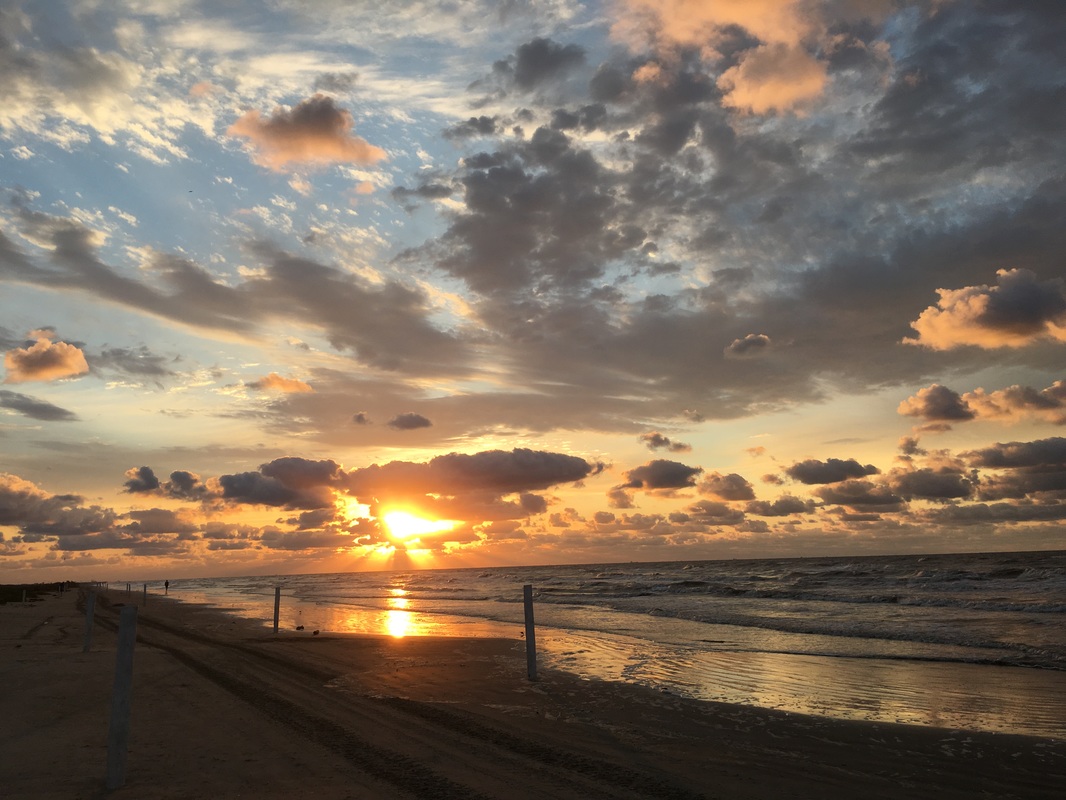
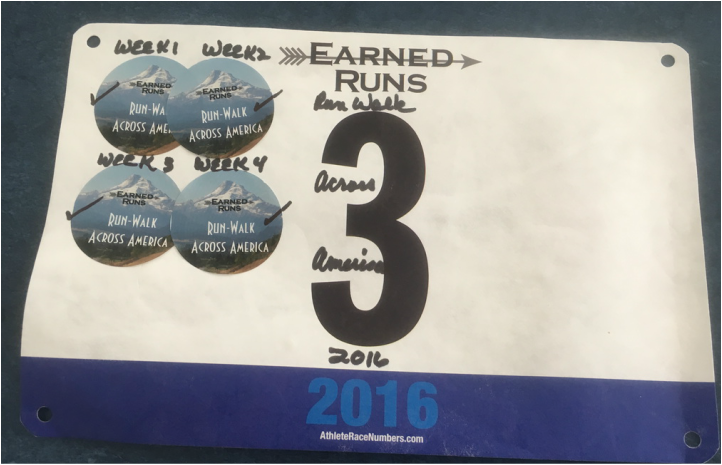
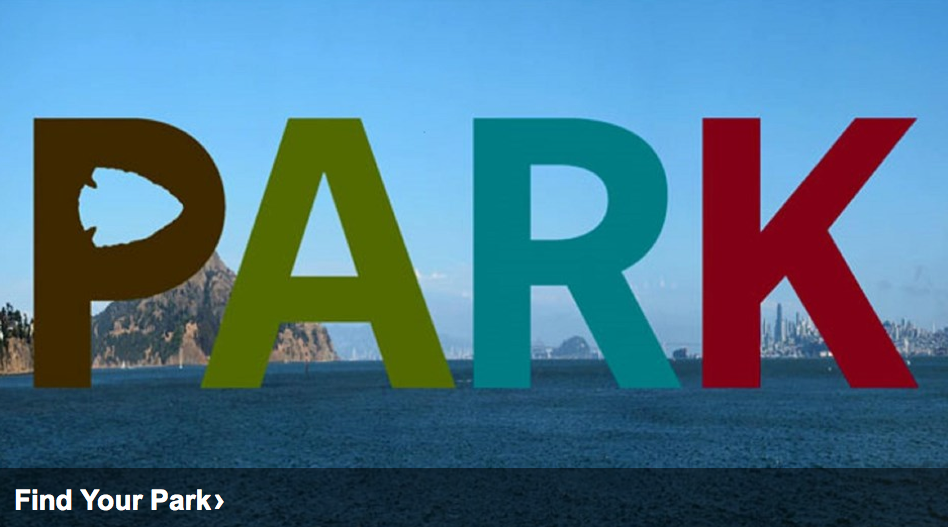
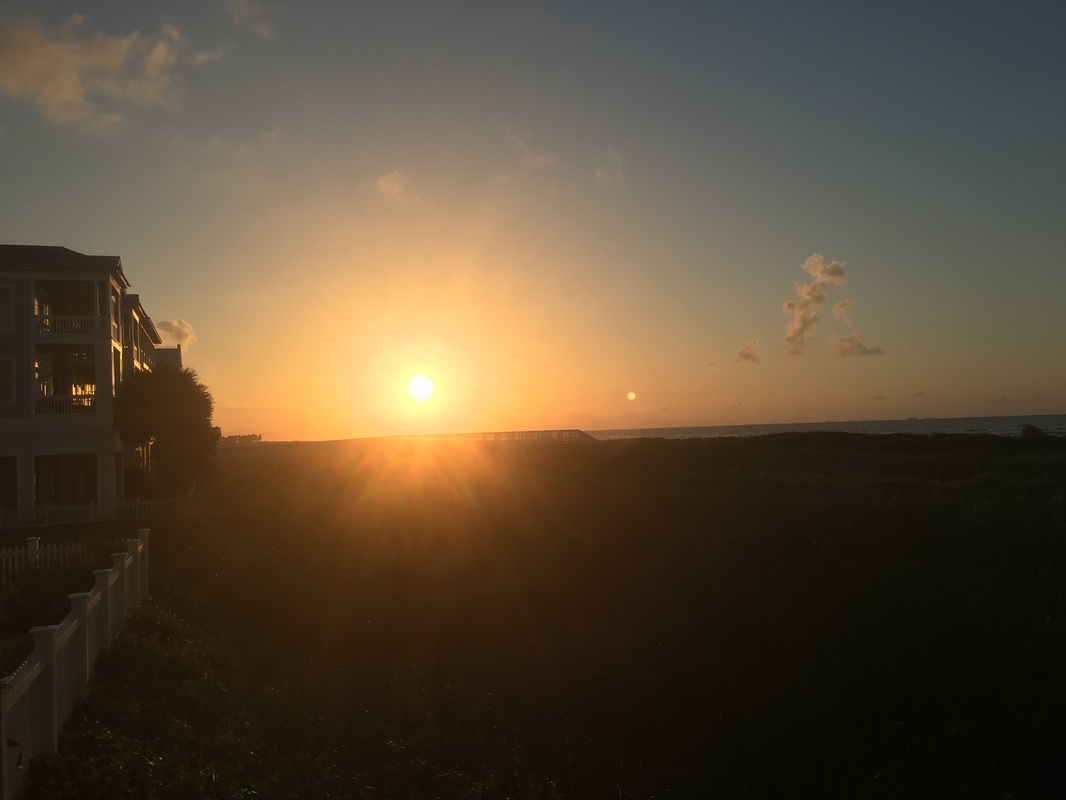
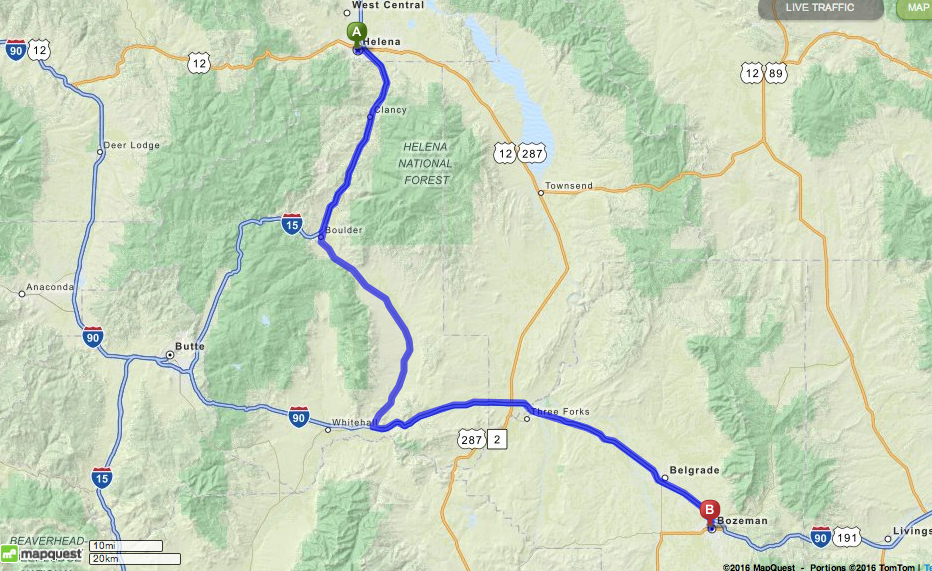
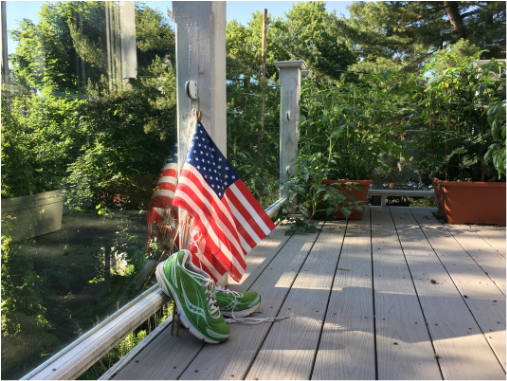
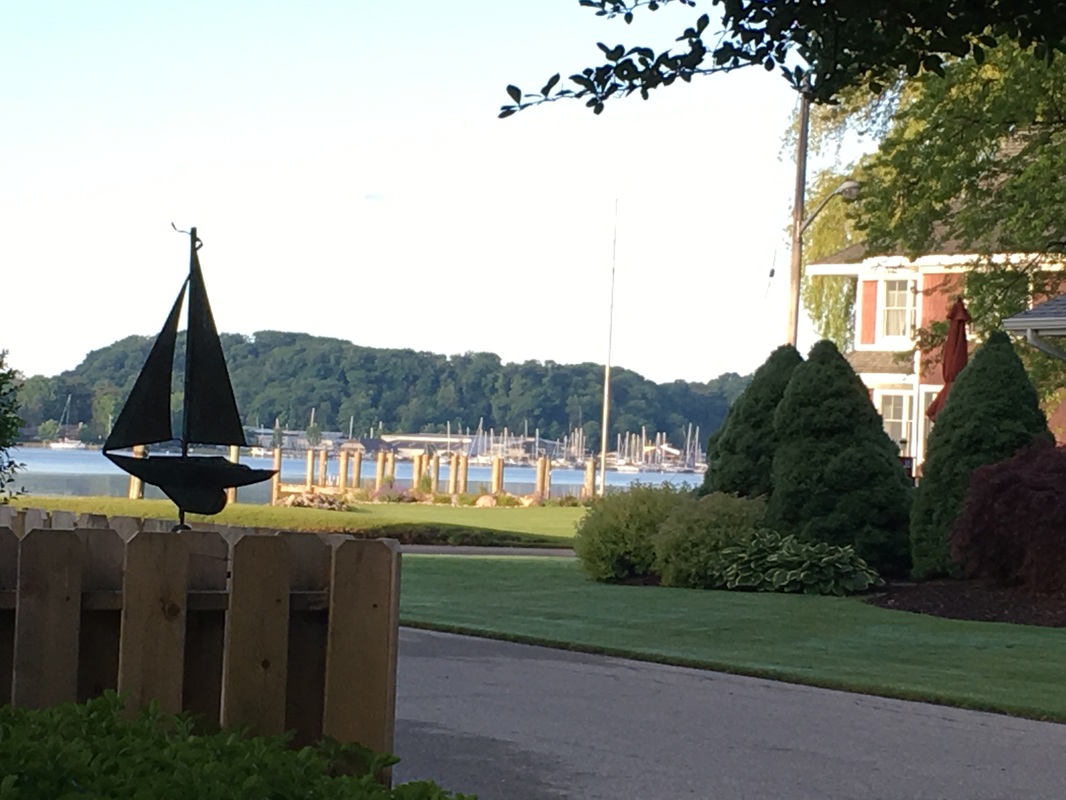
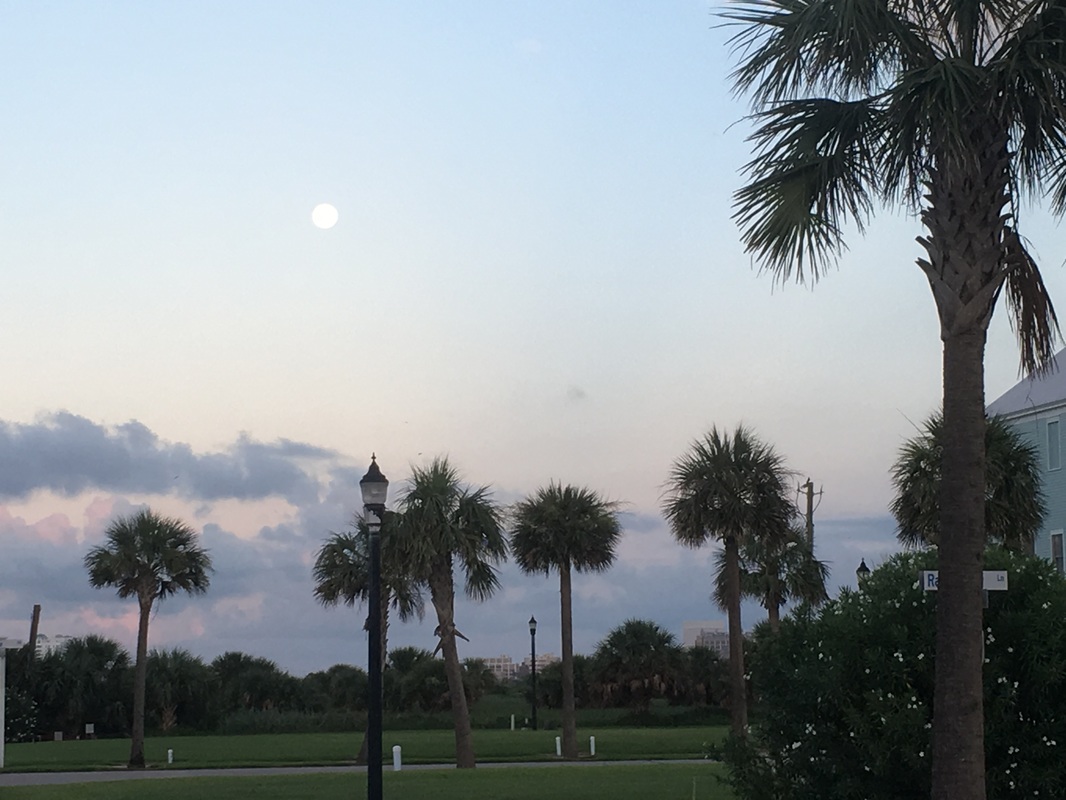
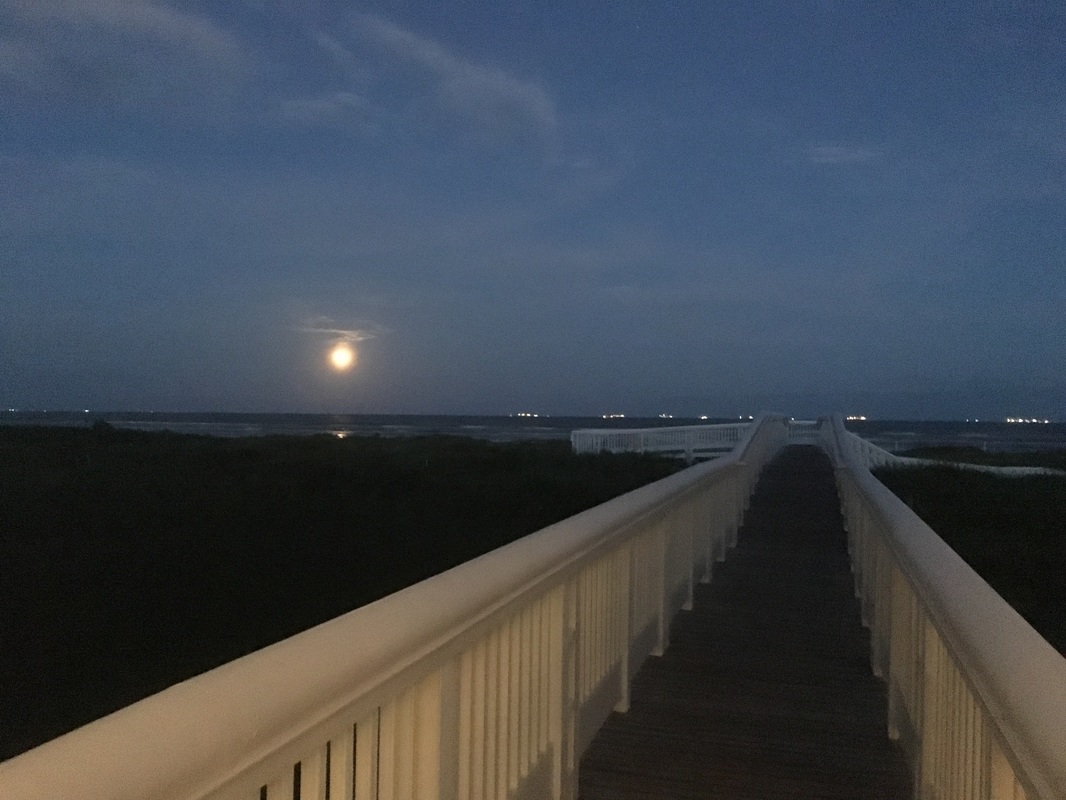
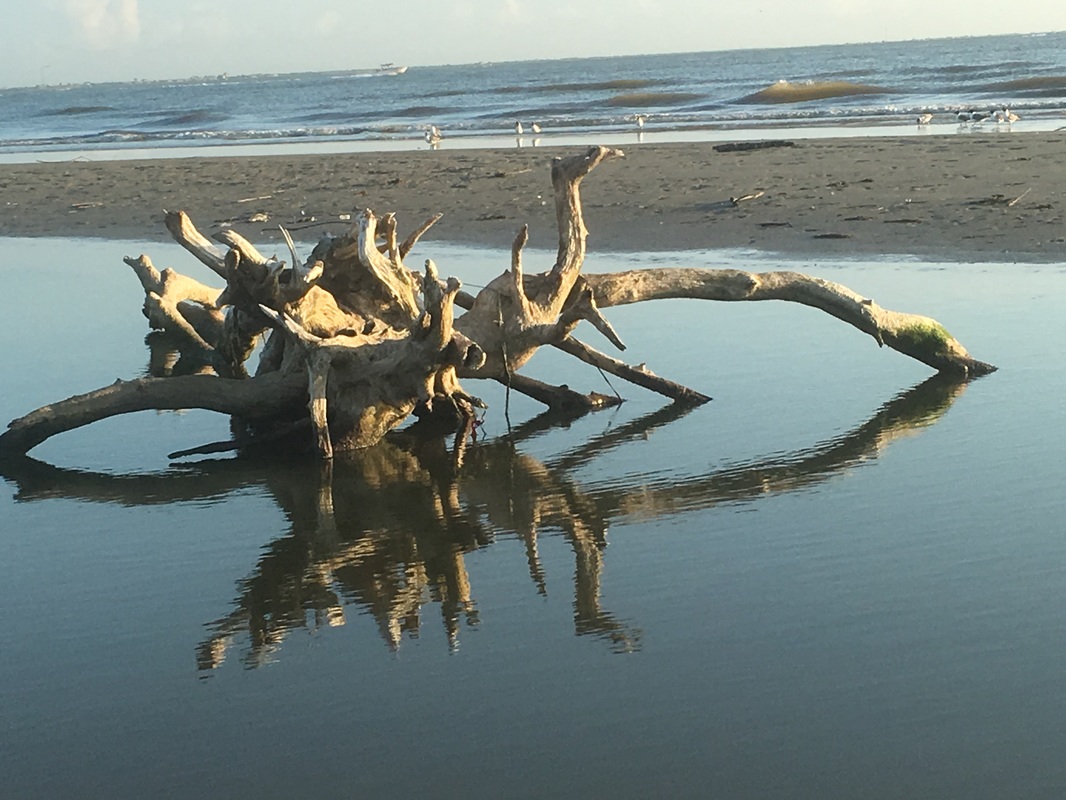
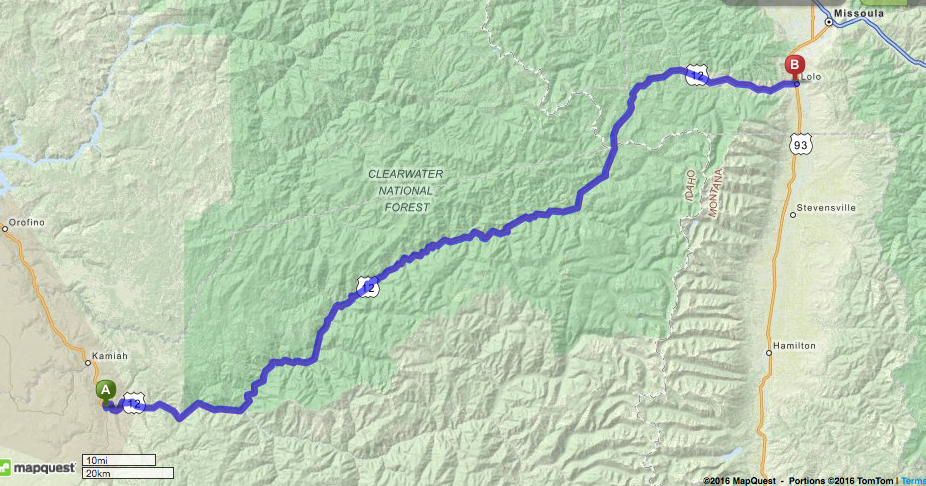
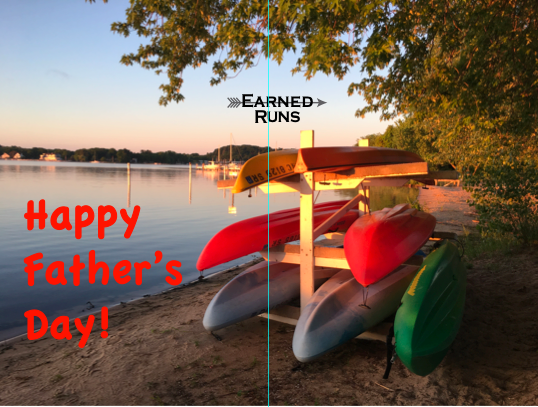
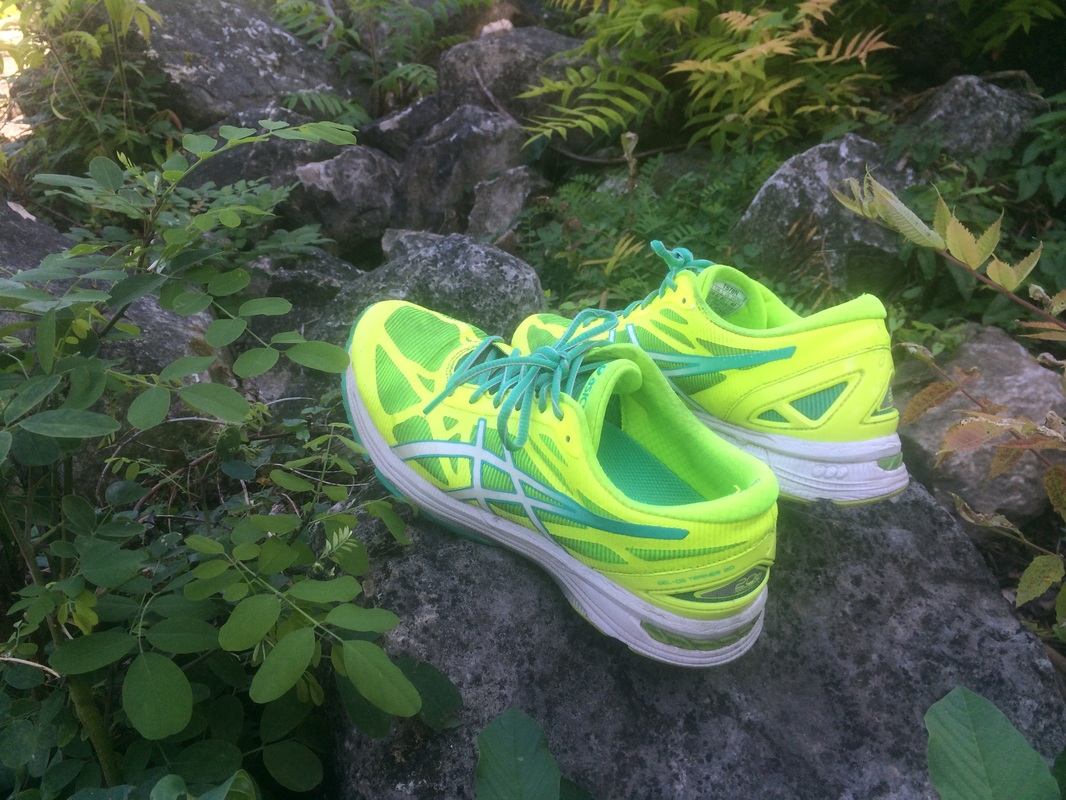
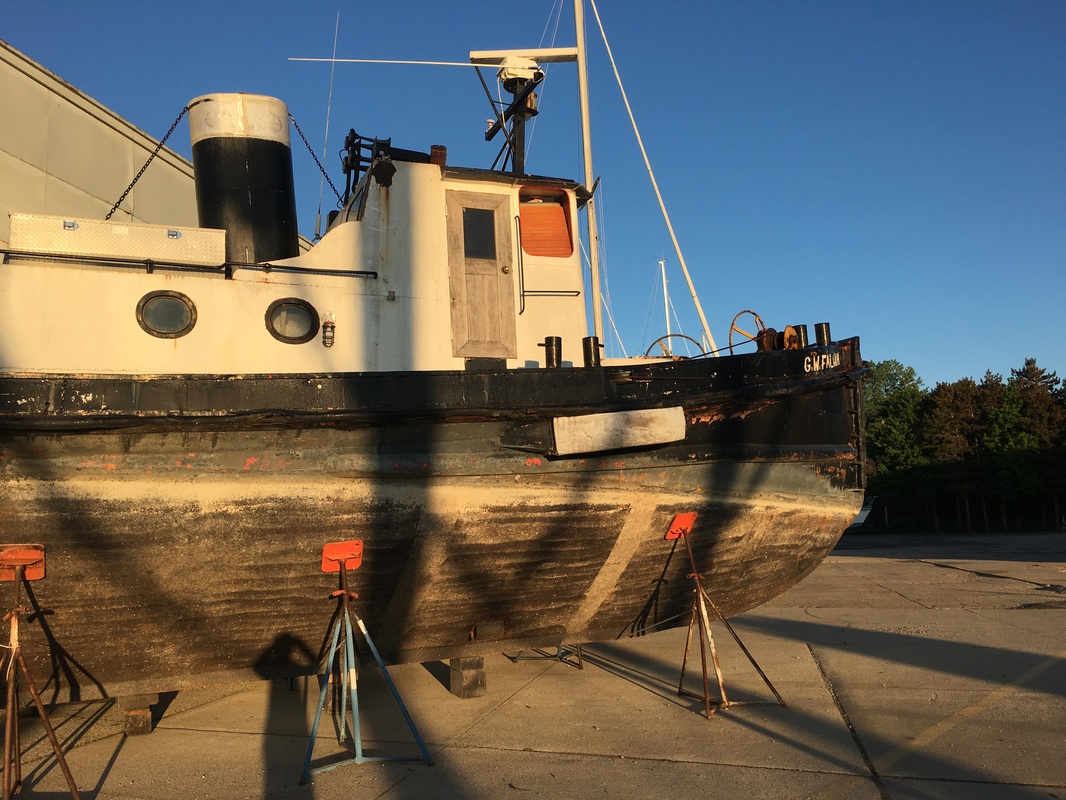
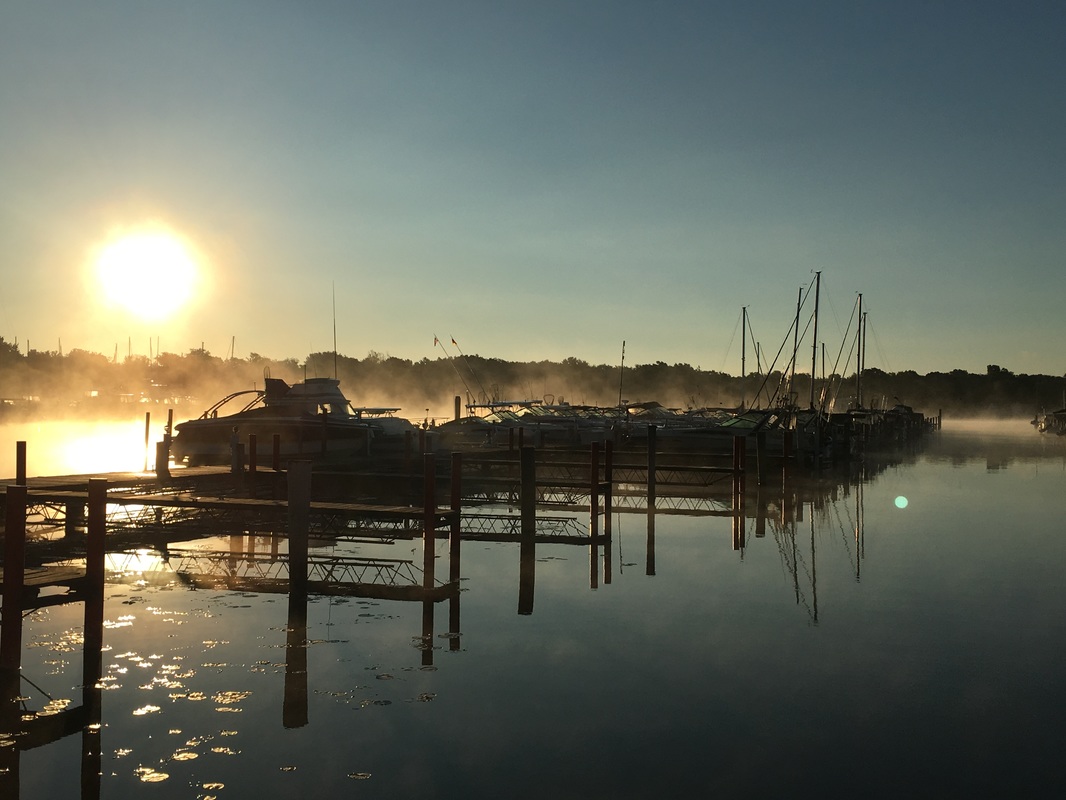
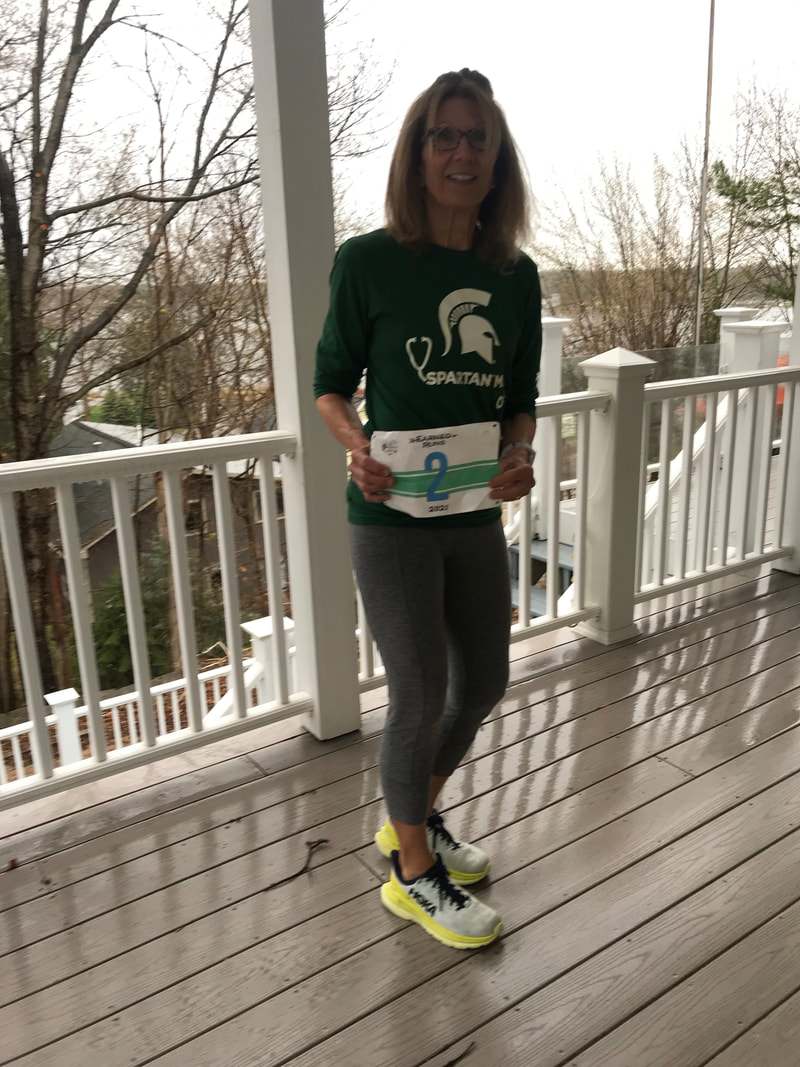
 RSS Feed
RSS Feed